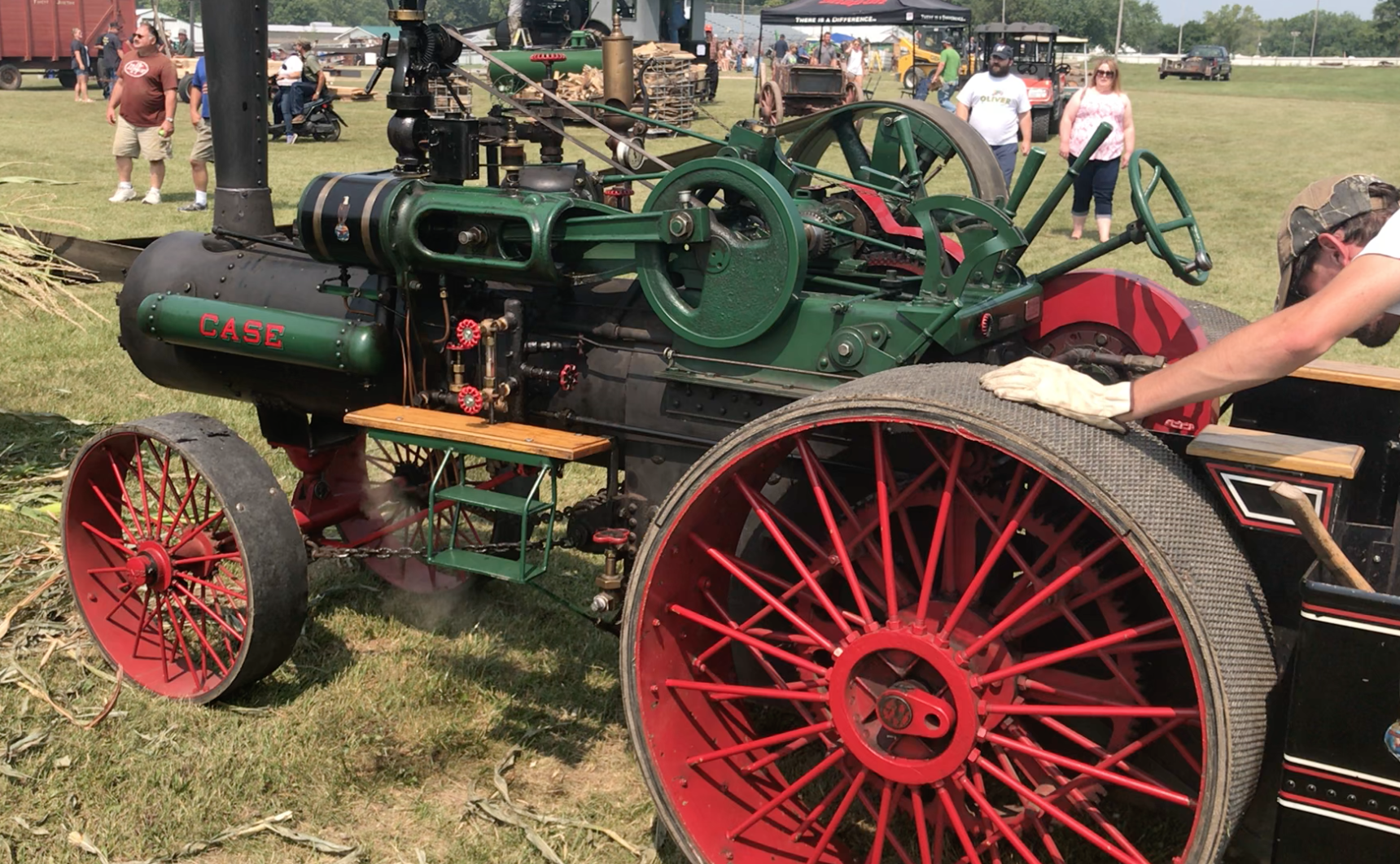Weather here the other day was about as good as it gets. It was so nice out that I ended up staying out on the bike for a lot longer than I intended just because it was so beautiful out there.
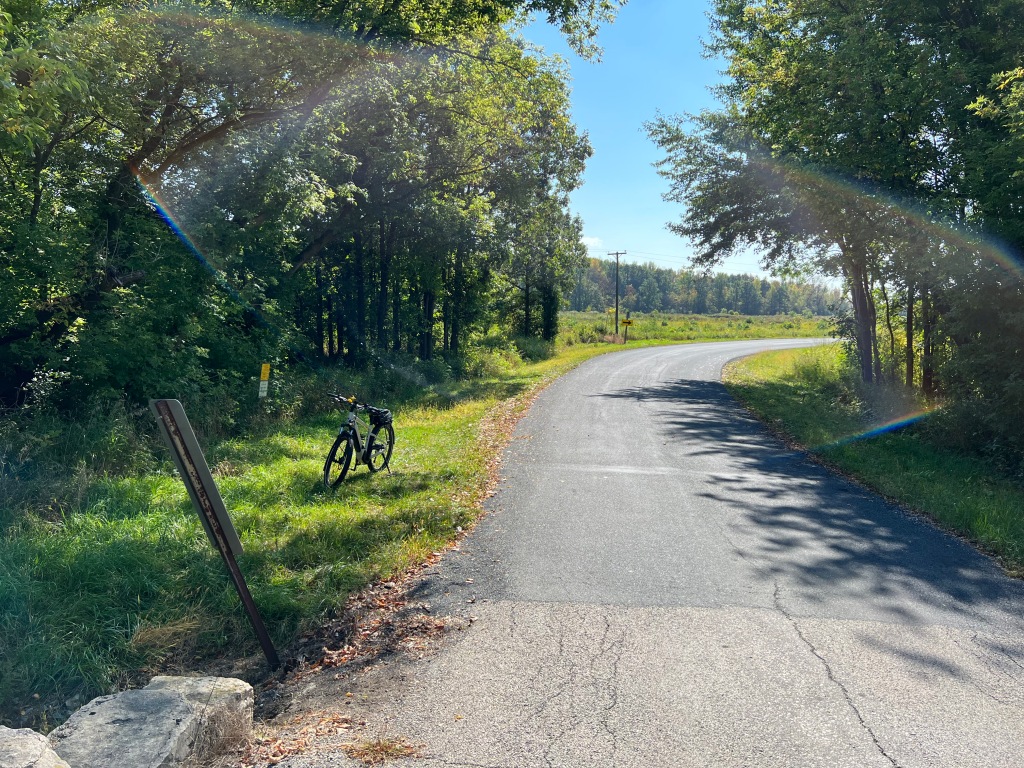
Temperature was about 70, almost no wind, brilliant sunshine. Ended up putting about 20+ miles on riding around in the countryside just looking at nature, watching birds and animals. I wasn’t the only one out there. I’m not a fast biker because I’m having too much fun looking at stuff and finding little “hidden treasures” here and there as I ride along. Like, well, this…

I was rolling down one of the trails and these brilliant purple flower were so bright I could see them from half a mile away, standing out against the dull green grass that’s starting to die back.

And turtles. Seeing turtles around here used to be pretty rare. In all the hours I used to spend in the woods and along the rivers and creeks when I was a kid and teenager, I never, ever saw a turtle. Or a snake for that matter. But in the last few years there seems to have been an upsurge in the number of reptiles and amphibians around here. We have frogs all over our backyard, there are massive bull frogs in the neighbor’s pond, tree frogs in our bushes, toads in the undergrowth. I’d never seen a tree frog in my life until just a few years ago. Now we got these guys hanging around here. This little guy was sitting up on the window shutter outside the house one day and scared the heck out of me.

I’m thrilled to see these little guys hanging around here because if these little fellows, and the toads and turtles etc. are thriving it means the environment around here is fairly healthy.
One thing this year was very curious. No mosquitos. None. Well, okay I did get bit once, but that was it. Once. All summer. Usually by mid summer around here you don’t want to go outside at all in the evening or you’ll be swarmed by the little buggers. This year, nothing. Even in the early evening when mosquitoes are at their worst, nothing. I have no idea why. All of the frogs and toads out there might contribute to that but it was still remarkable.
And the new project. Well, sort of new. it is both new and very, very old, this project. One of the things I salvaged from the farm right before we sold it was my father’s old workbench. Which had been his father’s workbench before he took over the farm.
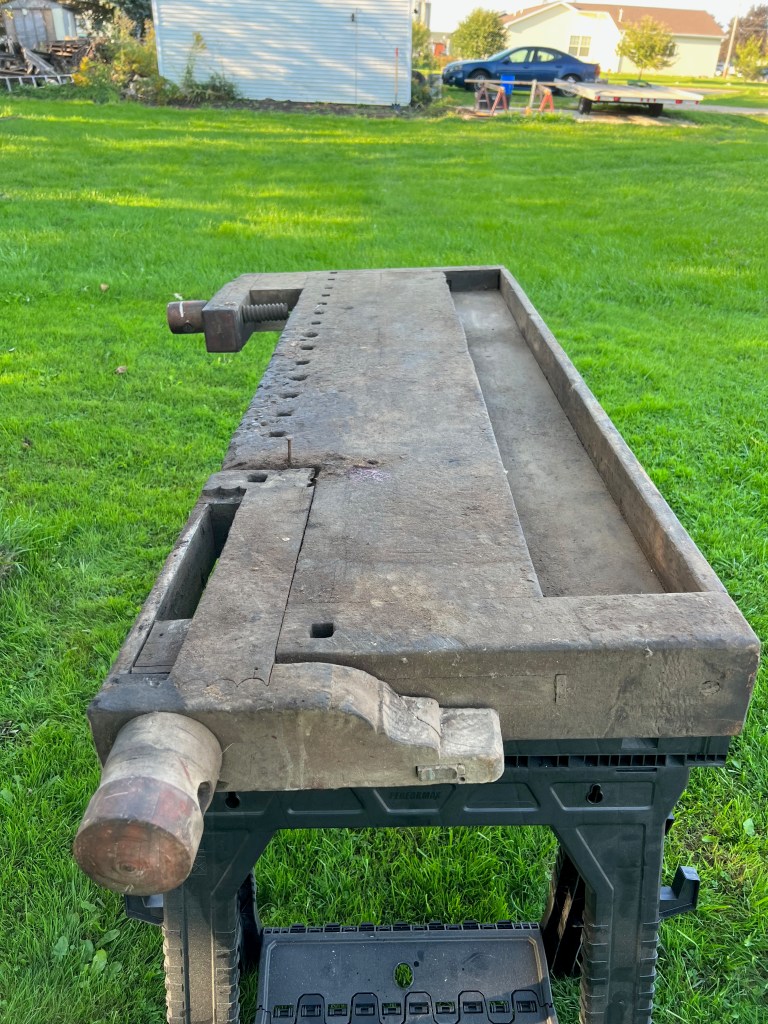
I’m not entirely sure how old this thing is, but it is very old. I know for a fact that it is well over 100 years old because my father remembered this thing from when he was a kid.


This thing wasn’t just a slab of wood on legs, either. This thing was a rather elaborate and very well made workbench for a woodworker or carpenter, and hand a lot of fancy features. And it was obviously made by someone who knew what they were doing with dovetail joints, scrollwork, those wooden screw vises and other goodies. And it is massive and very, very heavy. The top is one solid, 3 inch thick piece of hardwood. My son and I got it out of the garage where I’d been storing it yesterday and set it up on sawhorses so I could start working on it, we we figure it has to weight at least 200+ pounds.
Was this thing handmade by someone or was it a commercial product? That I don’t know and I don’t really care. It’s one of the few artifacts from the farm that I feel nostalgic about and I’m hoping I can clean it of about a century of grease, oil, grime, old nails, etc. and restore it to a usable condition and turn it into the main workbench in my woodshop.
Stuff Time
Computers: I do most of my writing on a 12 year old Macbook Pro that lives in the kitchen. I’ve mentioned this before, I believe. It’s been having some nasty problems with the video display for a long time now, but wiggling the lid back and forth or closing it and opening it a few times generally brings things back. But it’s been getting worse and worse. I was going to start using an iPad for all this stuff, but, yeah, that hasn’t worked so well. The iPad is nice, don’t get me wrong. I use it all the time, but not for this kind of thing. Trying to edit photos, write, cut and paste, using the iPad is, to me at least, ridiculously awkward.
So I went looking around for Macbook computers and guess what? If you’re willing to take a chance on older, refurbished equipment, well, damn these things get cheap. Relatively speaking. I picked up a refurbed Macbook Pro with decent specifications that’s about 3 years old for a bit over $500. So we’ll see how that goes when it gets here.
Drones: The DJI Mini 3 Pro drone I got a few weeks ago is bloody amazing. I’m going to take a closer look at it here in the near future. I only have a few hours flight time on it so far but the camera, the flying characteristics, the software, everything about it is, to me at least, amazing. But more about that later, maybe.
Gardening: We’re going to be moving two of the raised beds to a new location with better sunlight. Now that the big ash tree is gone it opens up much more space to full sunlight. We haven’t settled on a new location yet but that’ll be coming up pretty soon. We’re thinking of putting a small garden shed in the spot where the two raised beds are now. More about that as things progress.
We’re still harvesting tomatoes and peppers. Both seem to actually like the somewhat cooler weather we’ve been having. We stopped watering the darned things because, well, we were hoping they’d die, really, because we already have omre produce canned and in the freezer than we know what to do with.
I’m thinking about talking about so-called “solar generators”, unless Chris over at Off Grid Ham beets me to it. I’ve been getting interested in these things recently as an alternative to gas powered backup generators. But there are a lot of problems with these things, starting with the fact that they are most definitely not “solar generators”. And anyone who calls them that should be sued, frankly. What they are is a battery in a box. Period. That’s it. Oh, there are some electronics added to regulate power, put out 120V and that kind of thing. But they are neither “solar”, nor are they “generators”. The other problem with these things is the advertising, which often is blatantly misleading and even out right lies.
But while I’m interested in these things, the question is, am I interested enough to overcome my innate laziness to do the research?
That’s about it for now.









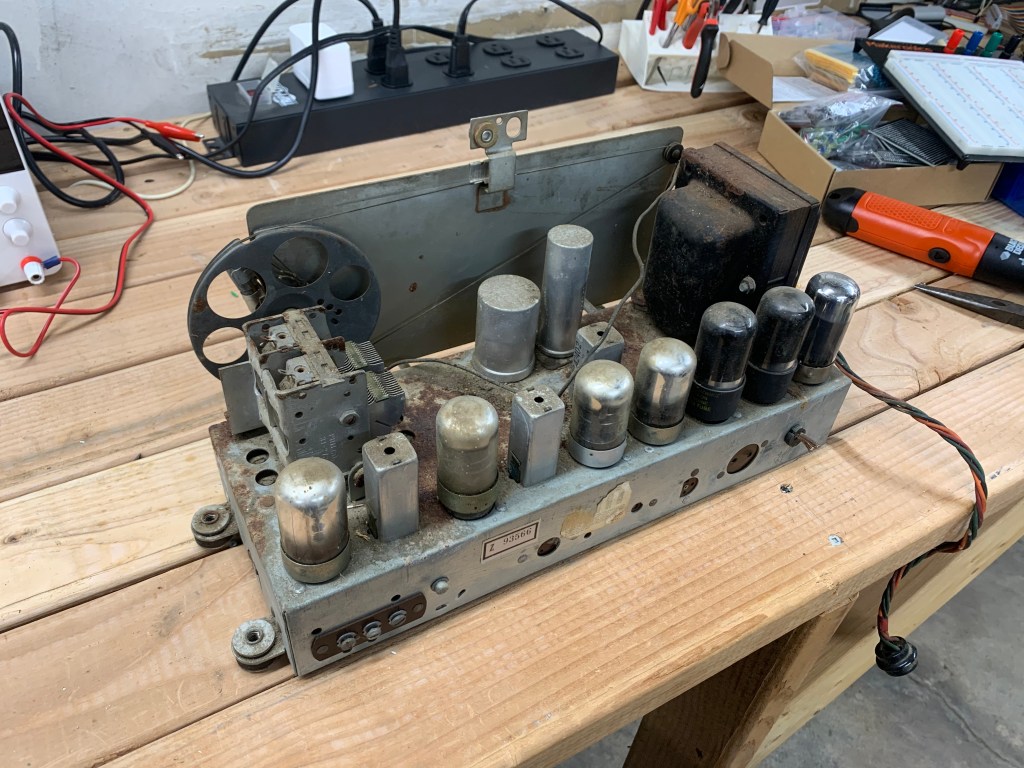
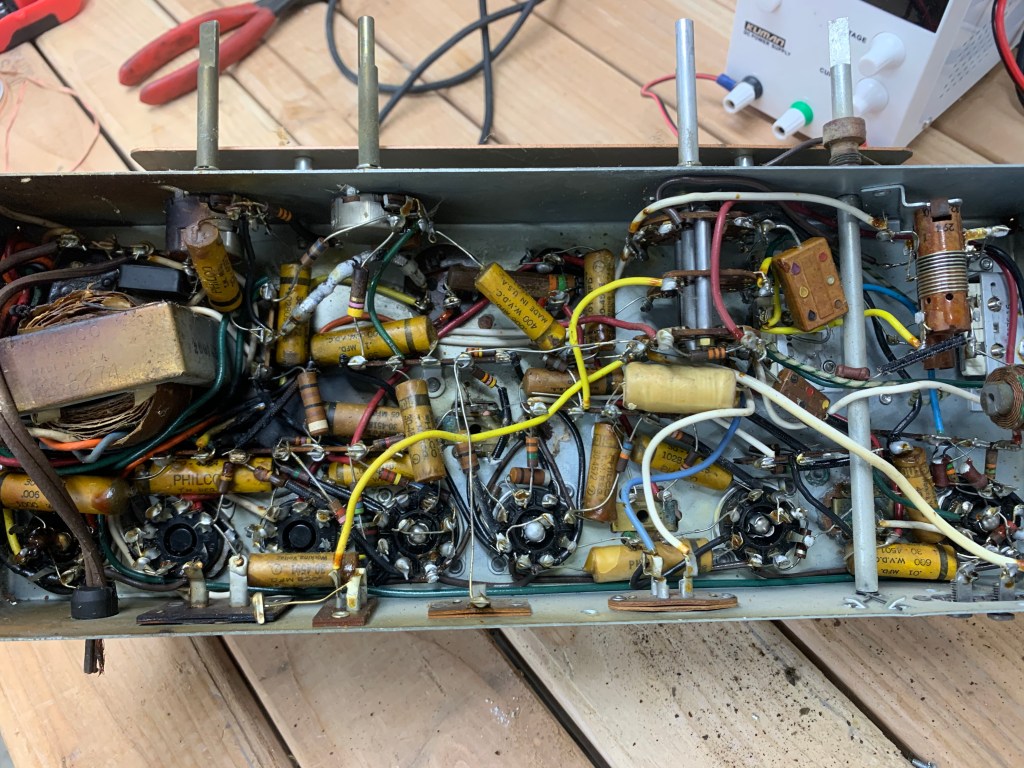



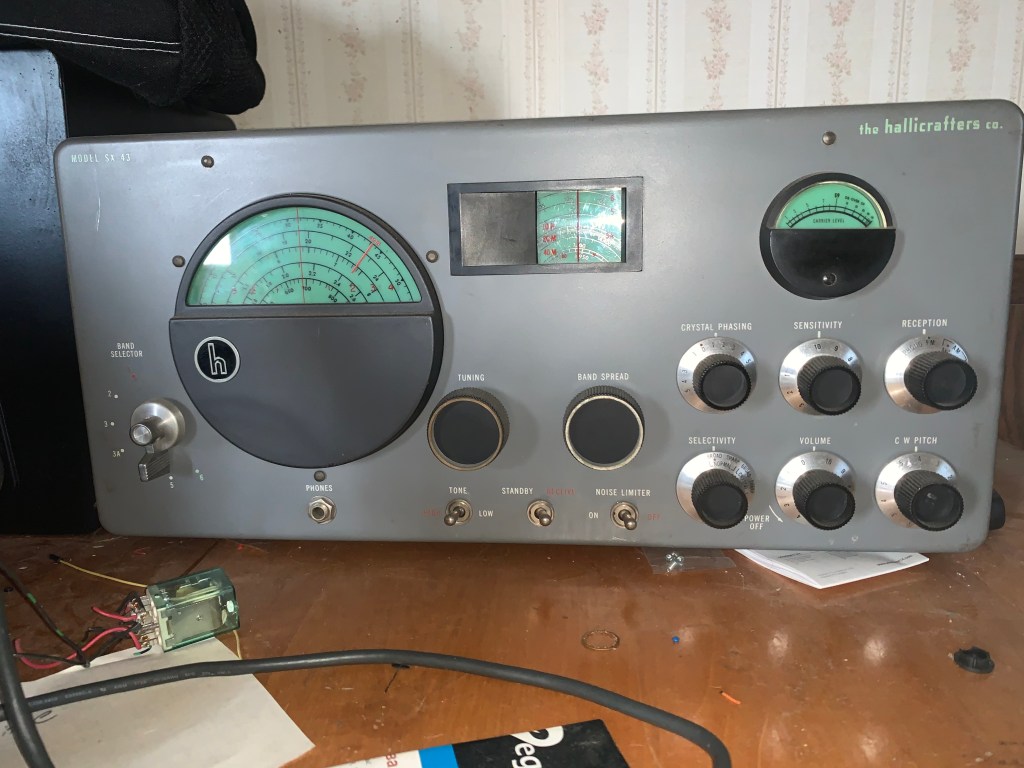






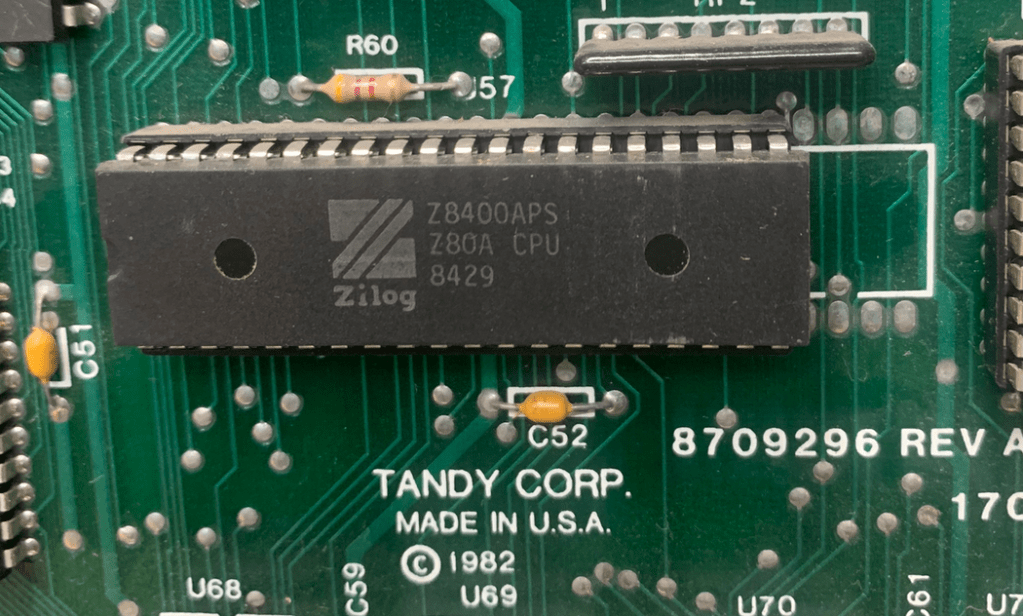

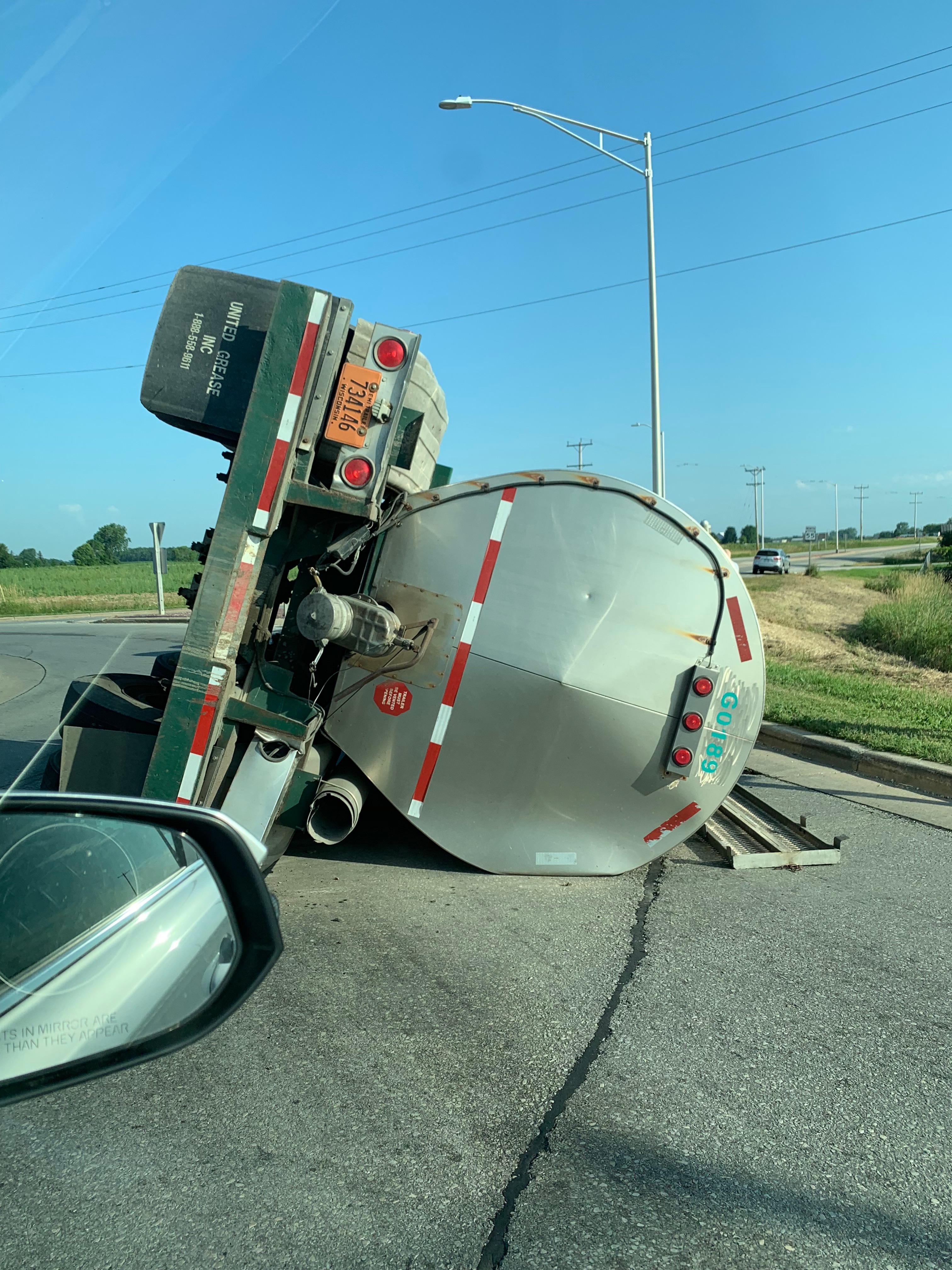



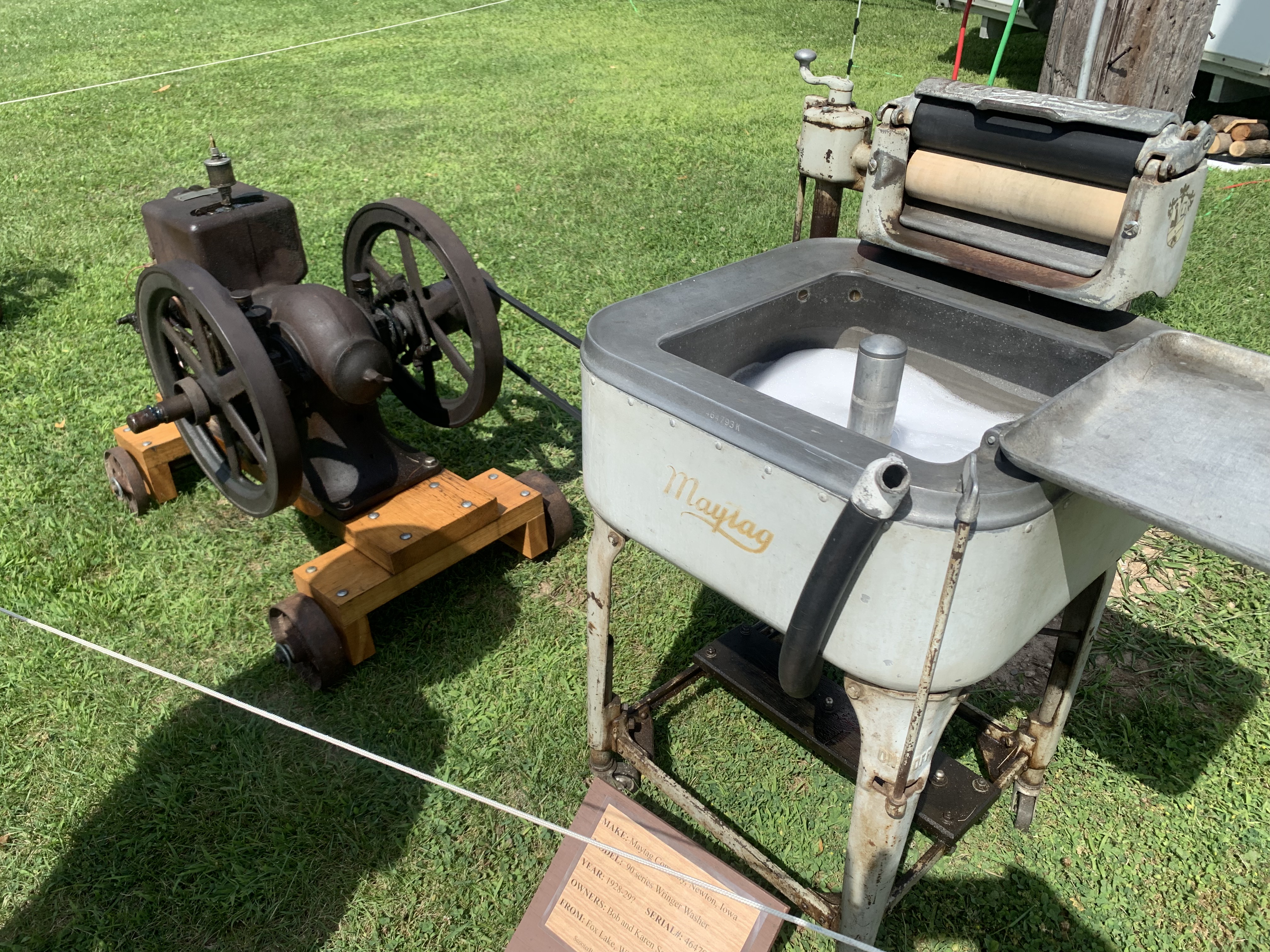





 We got out the winter coats, hats and gloves and went at it anyway because, well, it has to get done. It wasn’t exactly a fun job in that kind of weather, but we did get it done. There was no point in putting it off because this time of year the chances of the weather being much better are pretty slim.
We got out the winter coats, hats and gloves and went at it anyway because, well, it has to get done. It wasn’t exactly a fun job in that kind of weather, but we did get it done. There was no point in putting it off because this time of year the chances of the weather being much better are pretty slim.